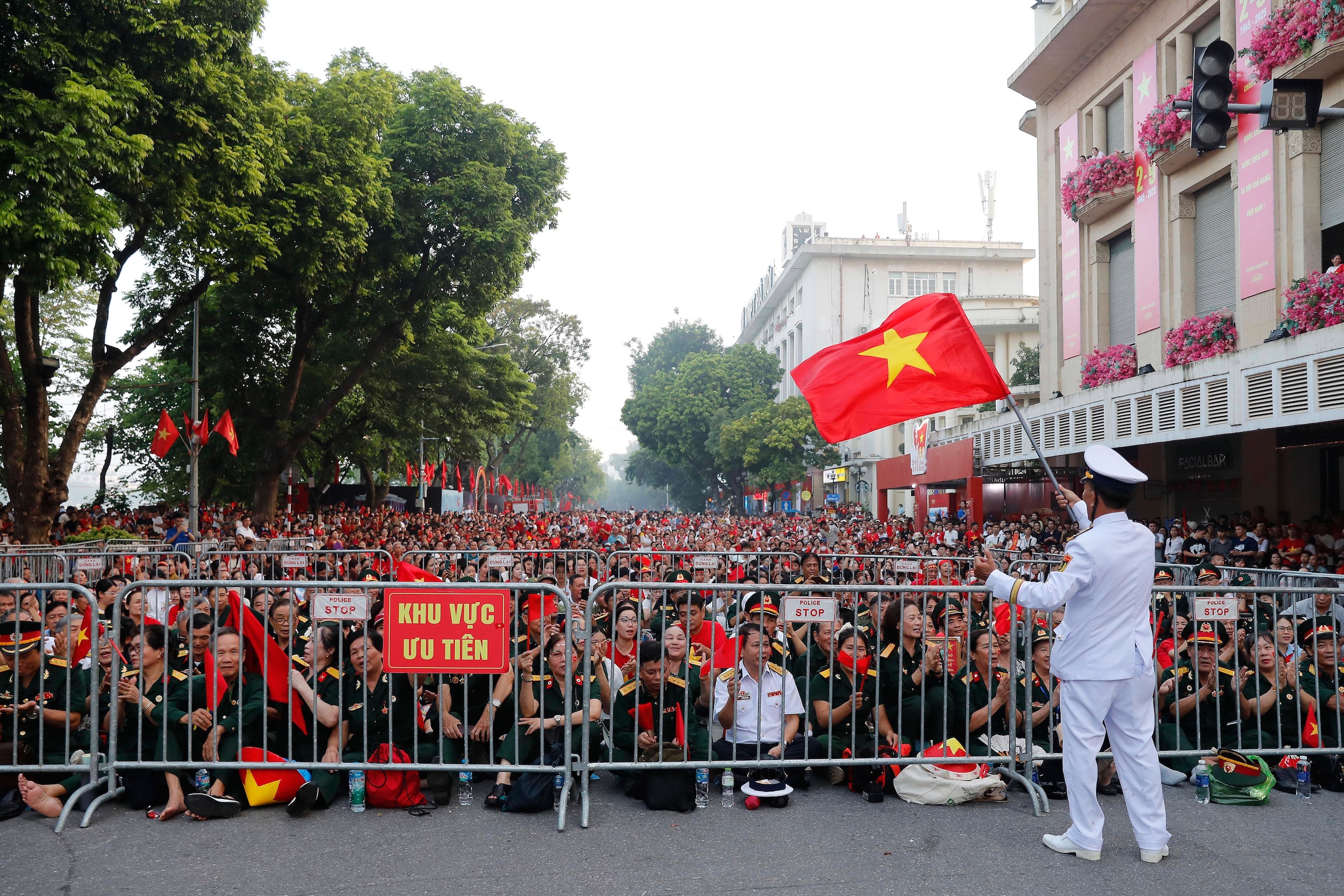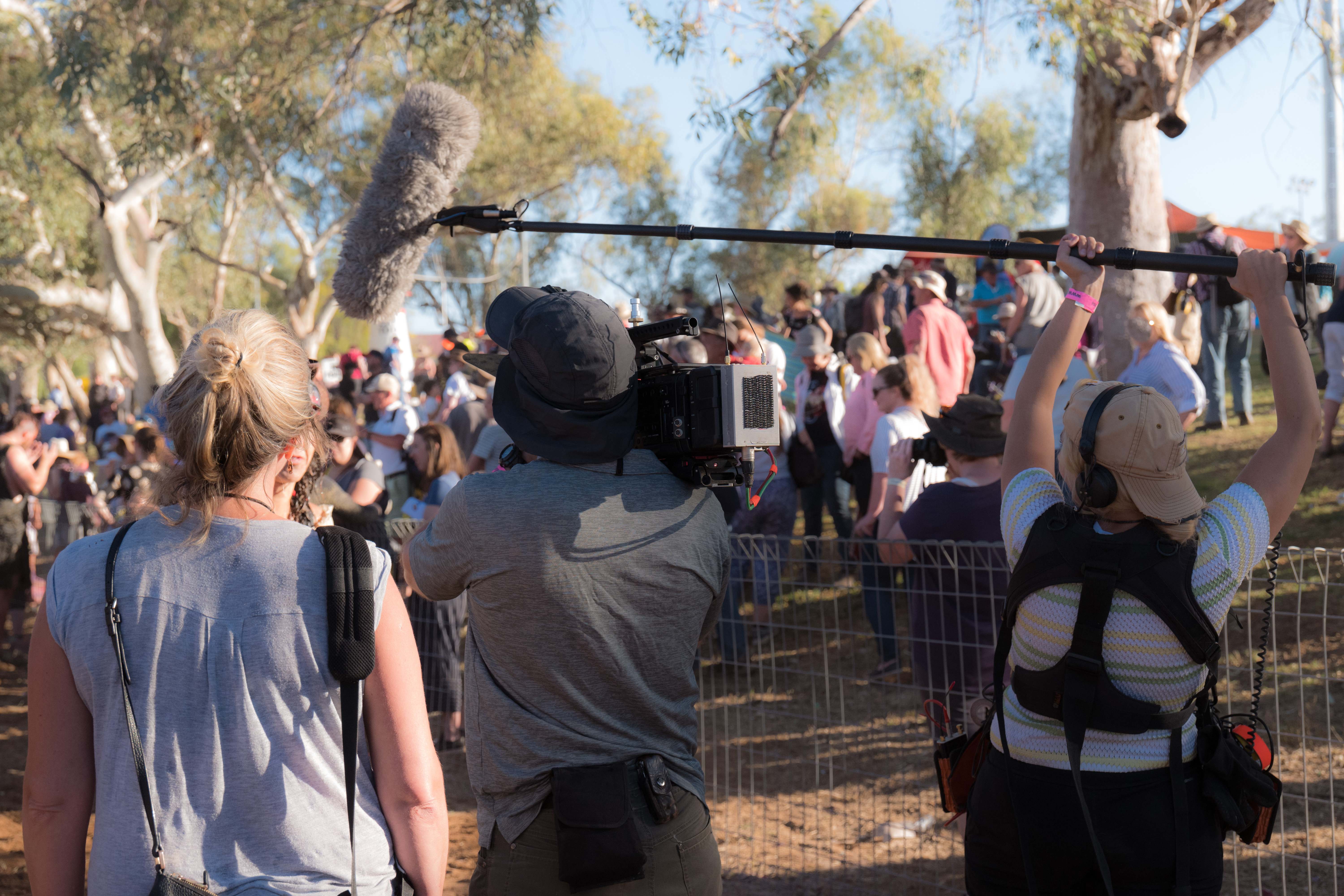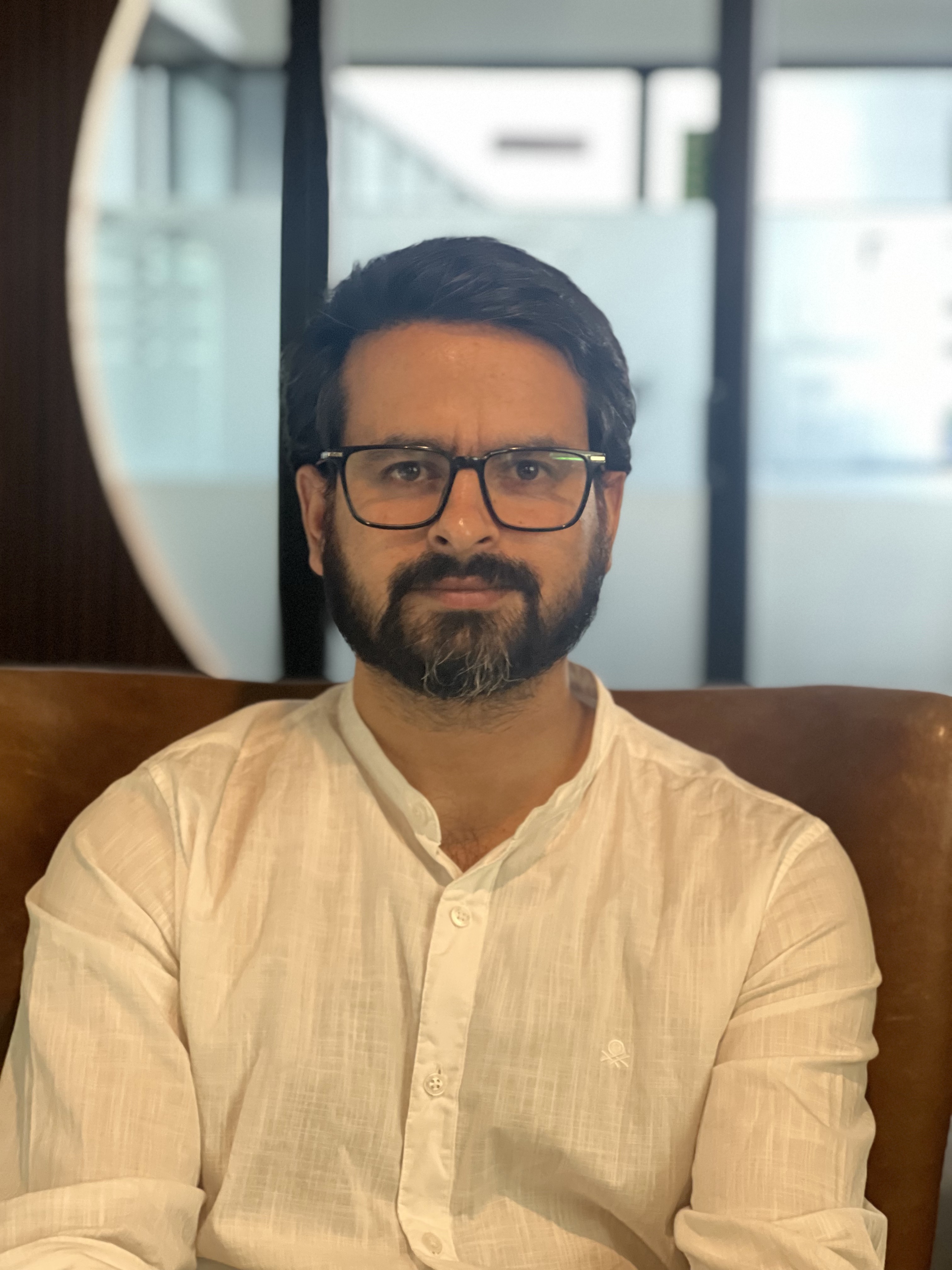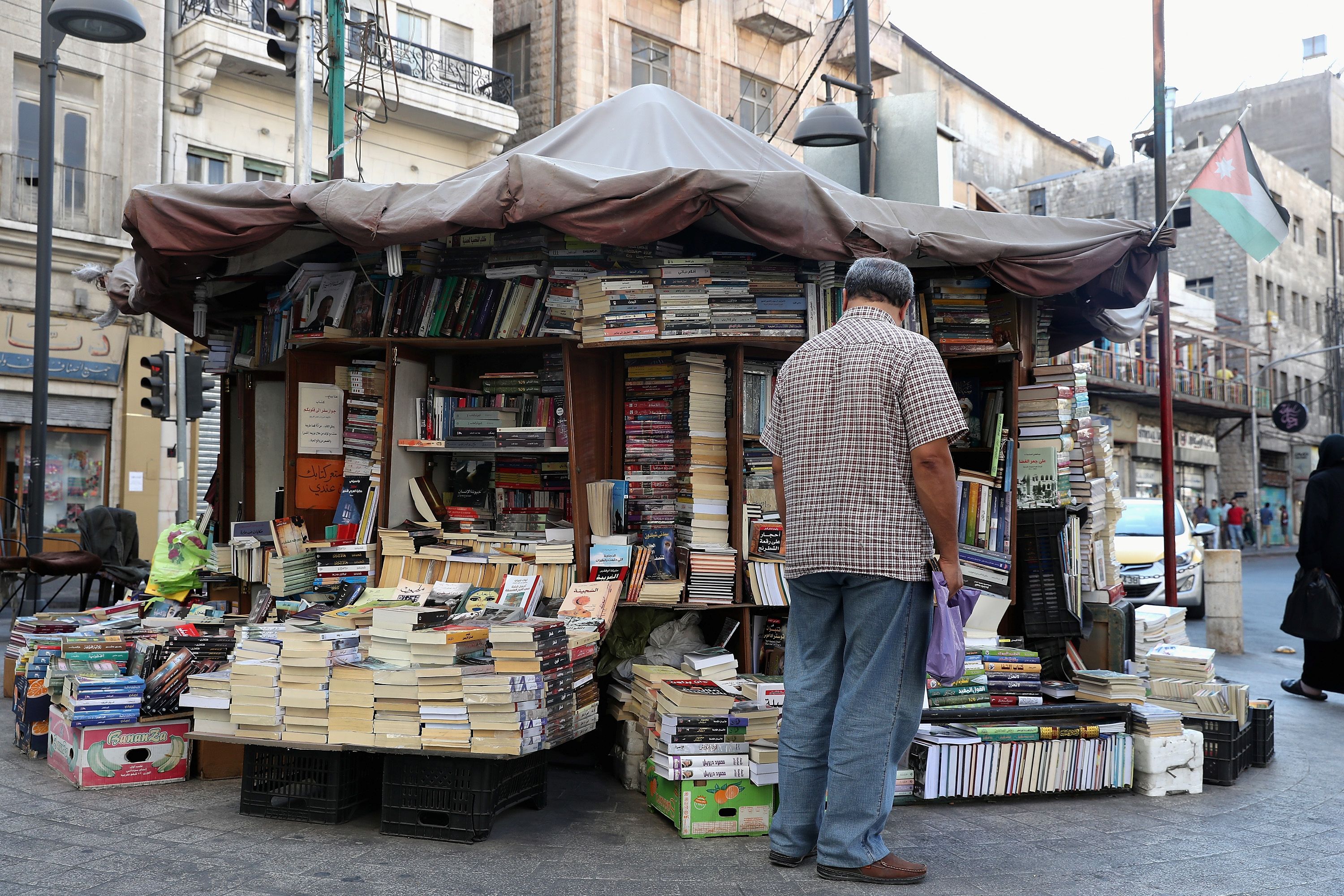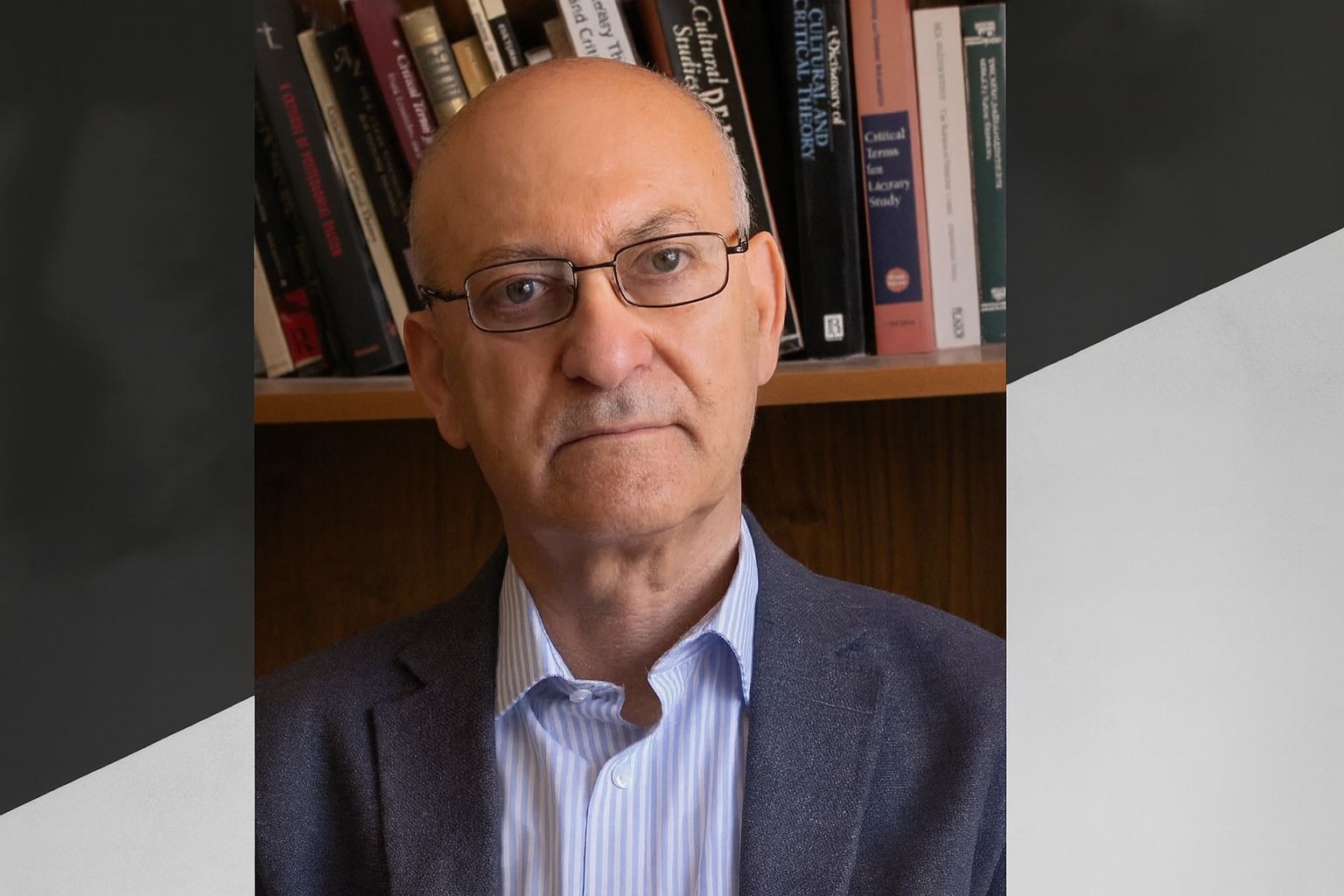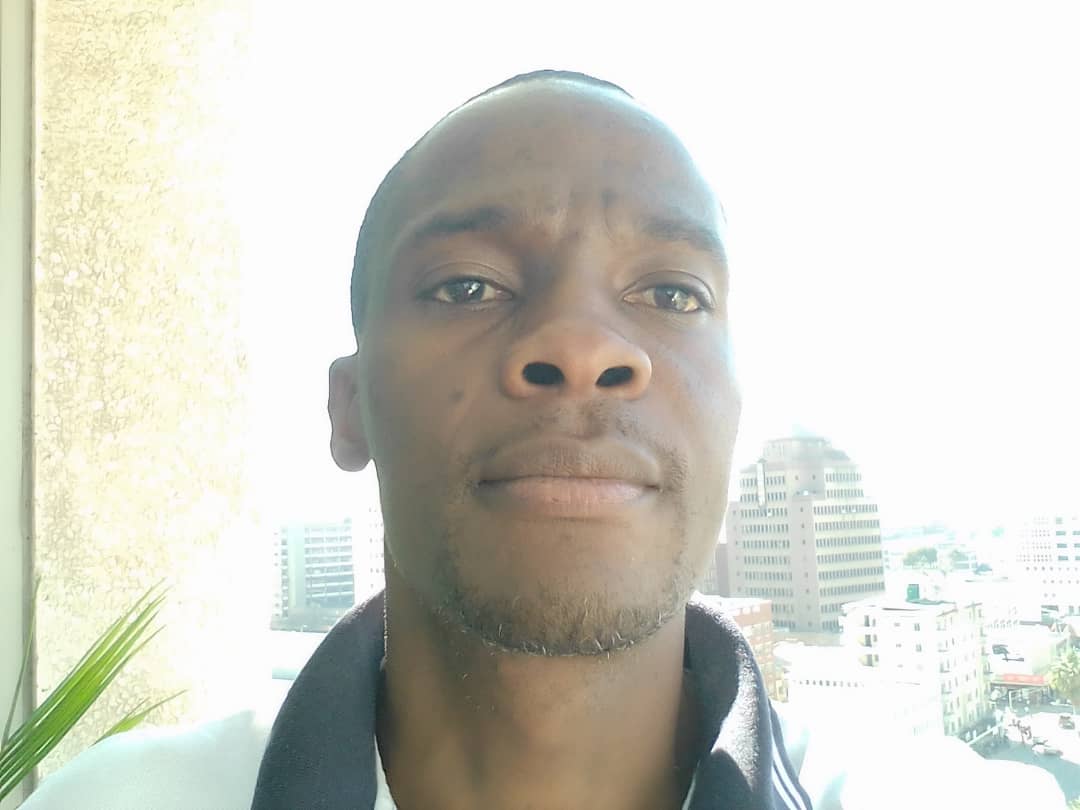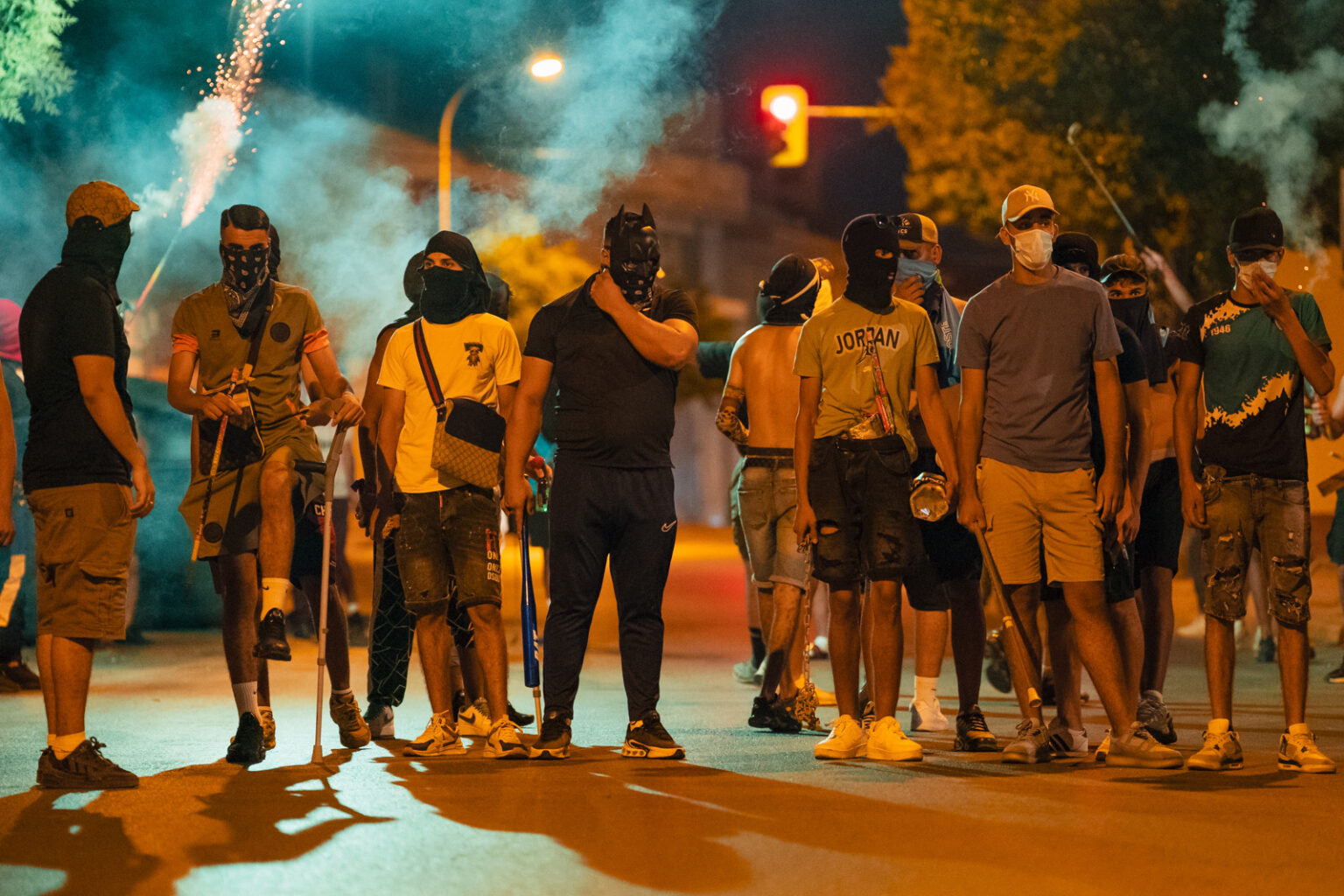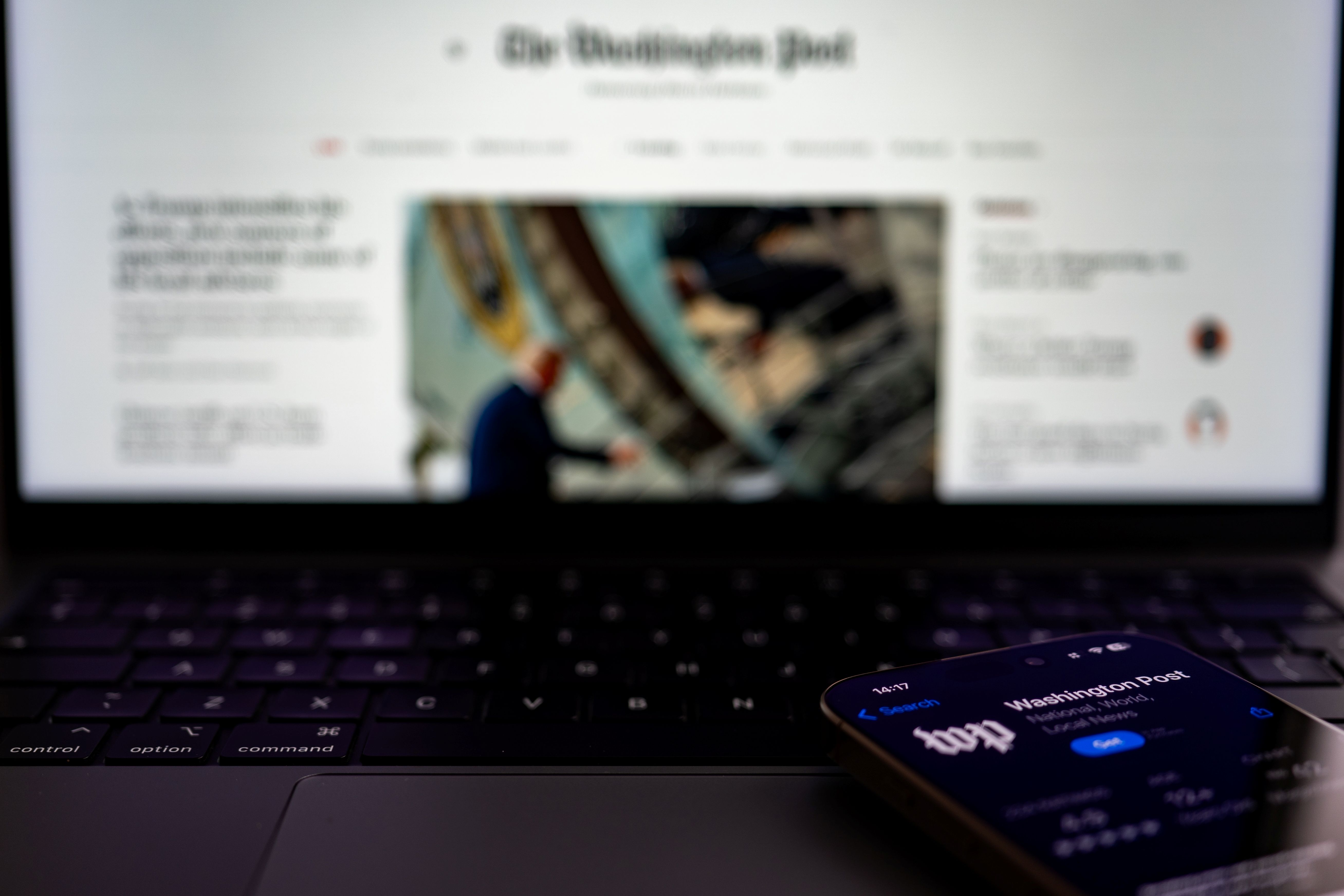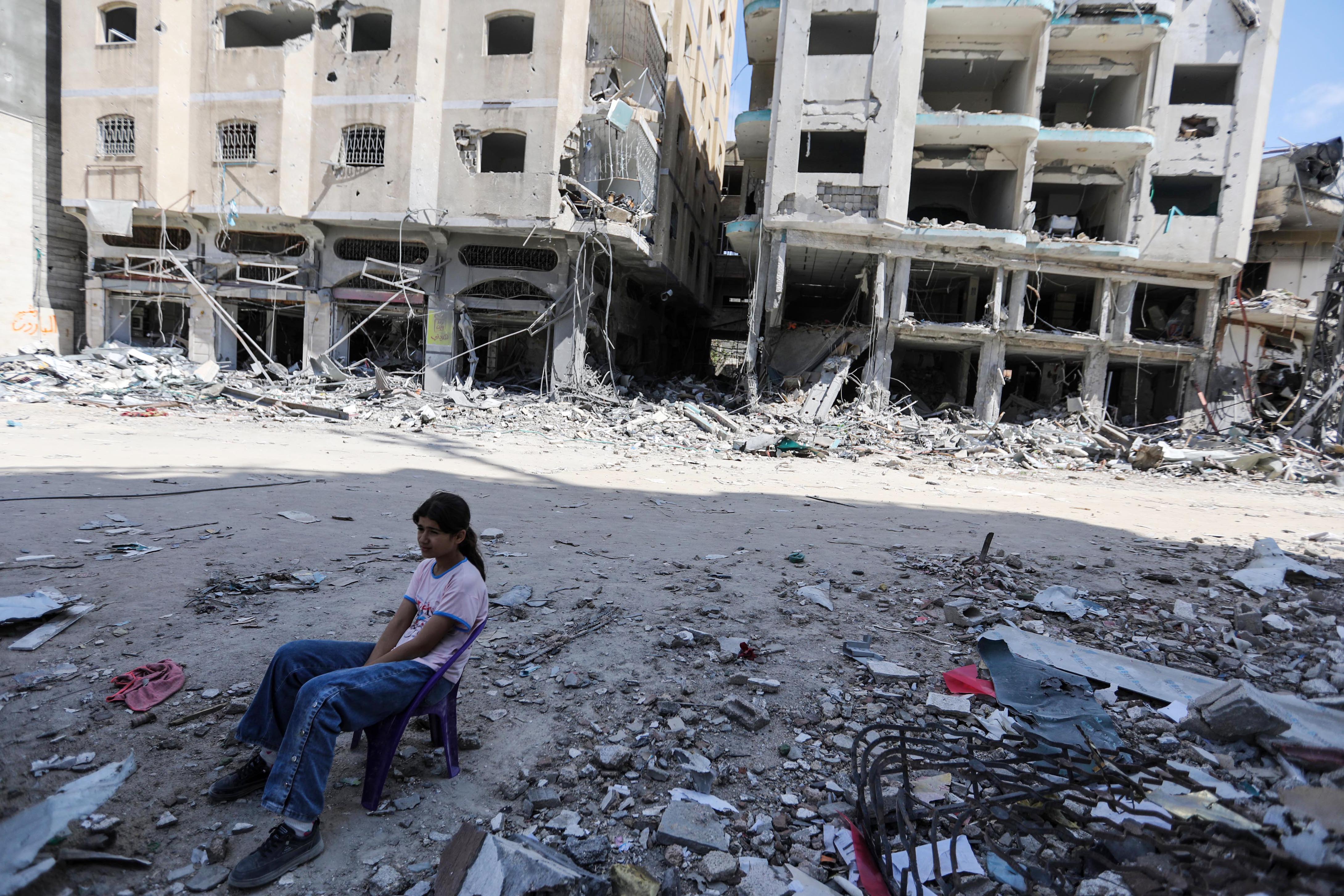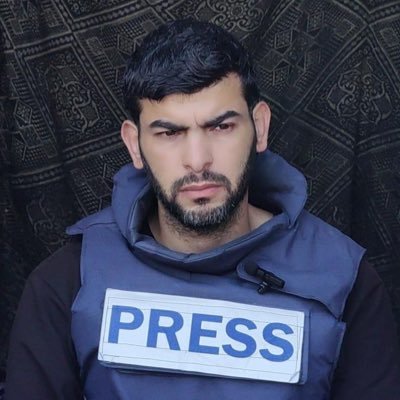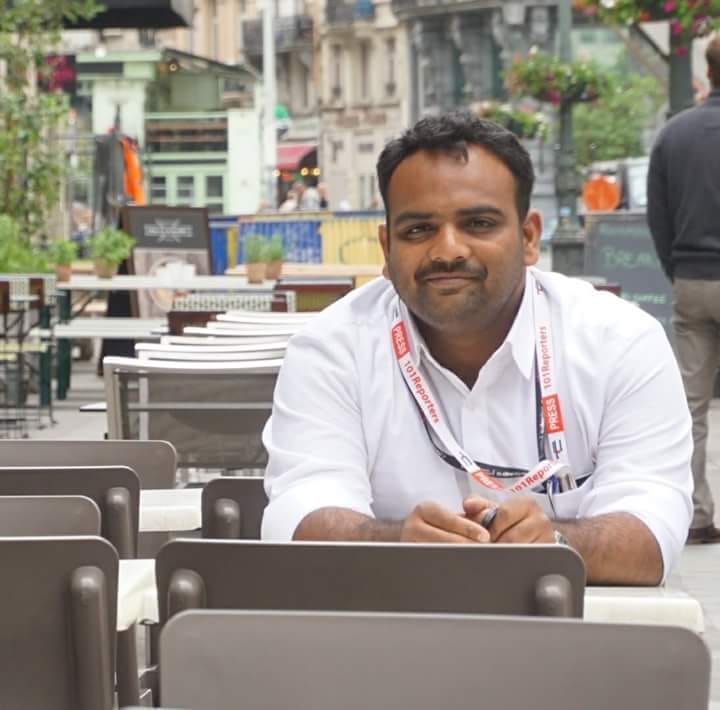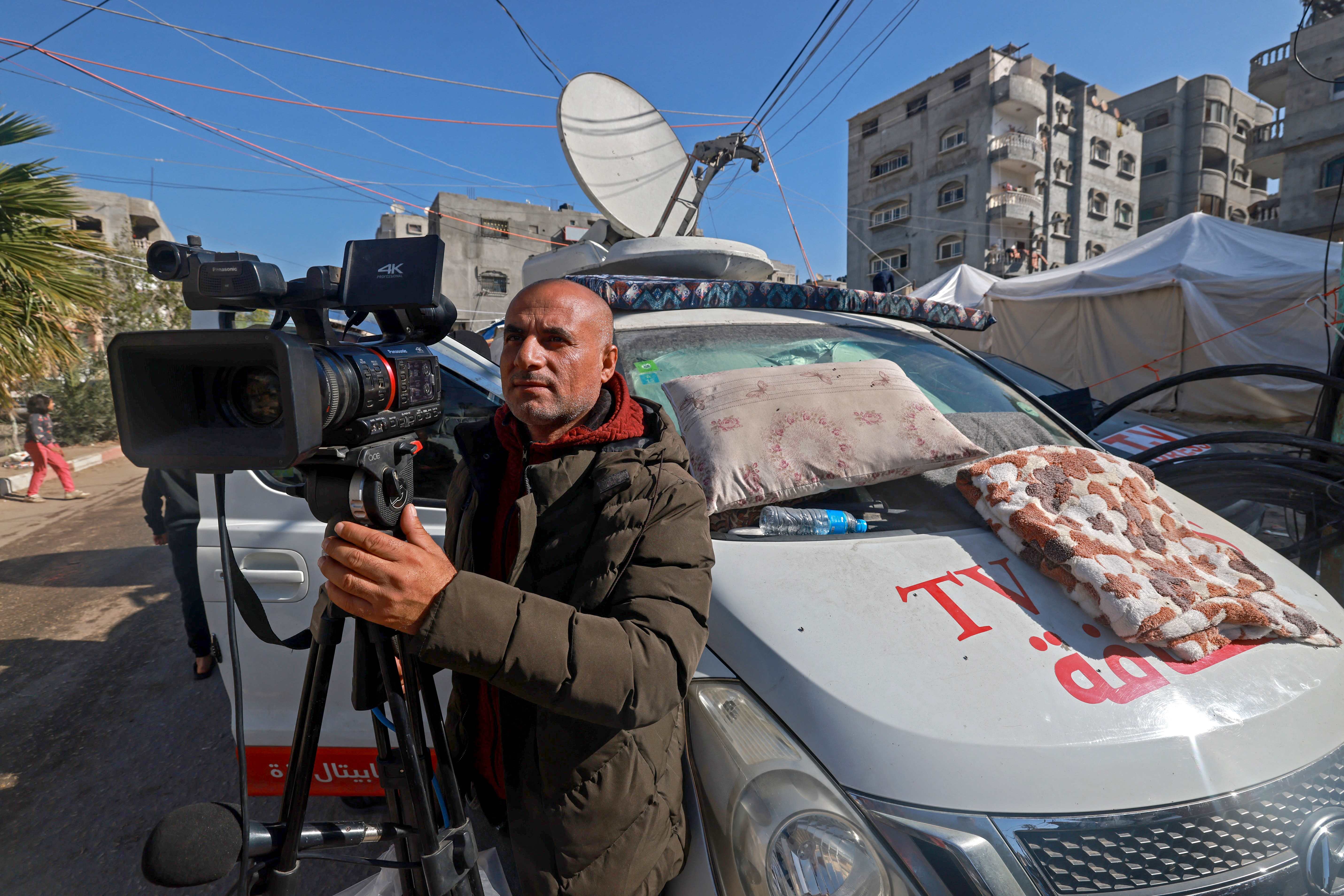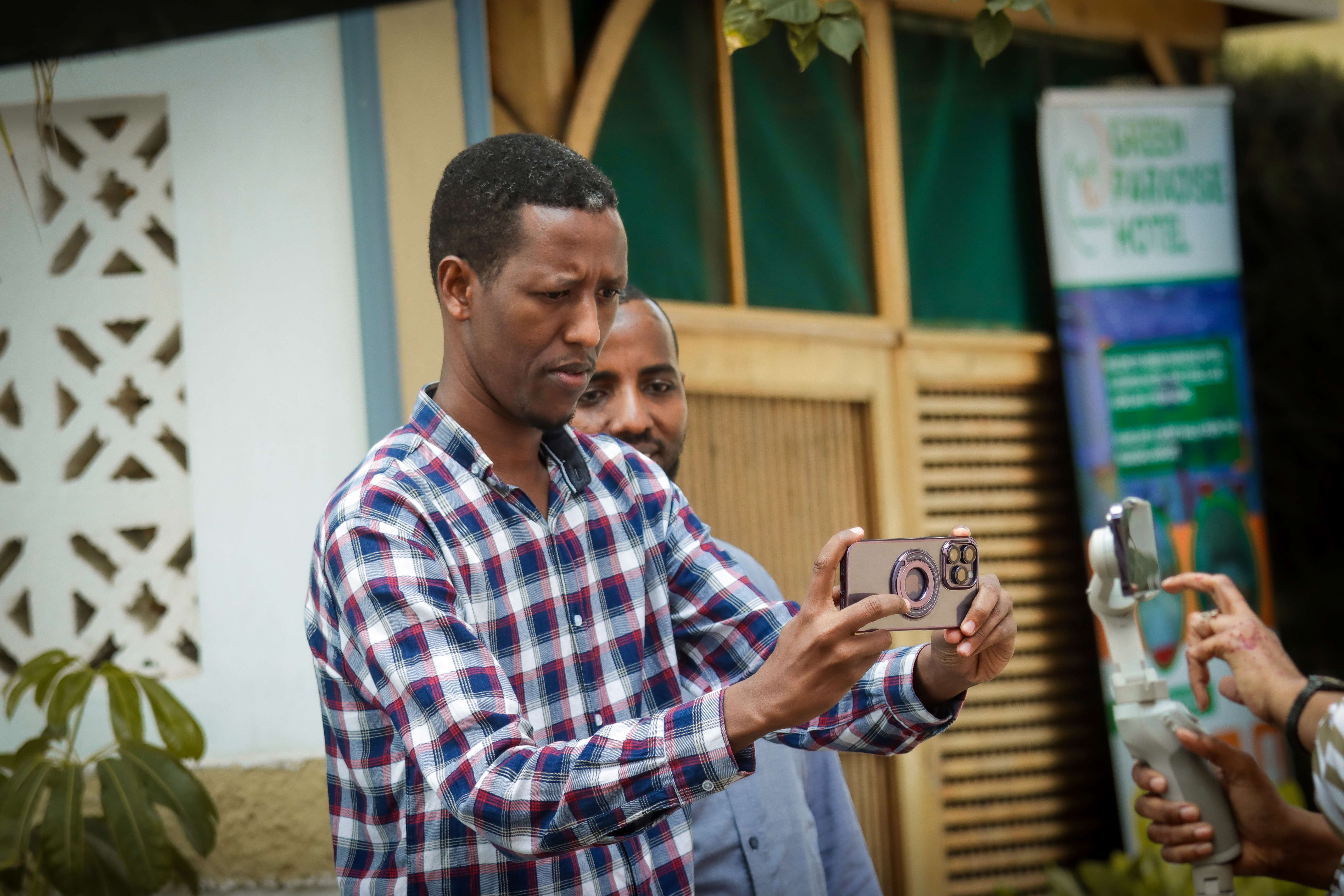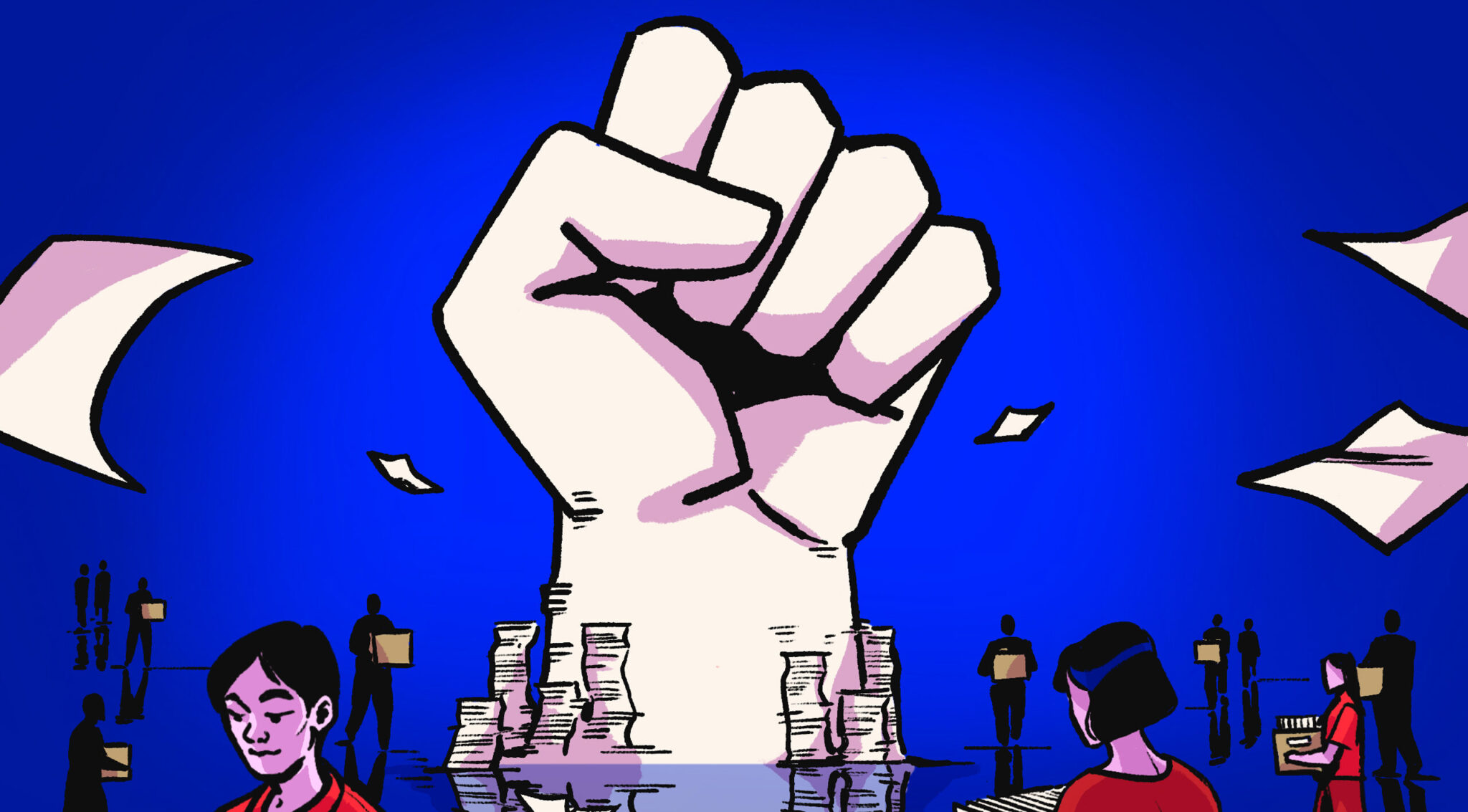في الثالث عشر من شهر مايو/أيار عام 2021 عقد المتحدث باسم جيش الاحتلال الإسرائيلي جوناثان كونريكوس، مؤتمراً صحفياً أعلن فيه أنه يجري حشد قوات قتالية على طول الحدود مع قطاع غزة استعدادا لاحتمال القيام بعملية برية وأن إسرائيل في مراحل مختلفة من الإعداد للعمليات.
بعد بضع ساعات بدأت القوات الجوية الإسرائيلية بقصف مناطق مختلفة على الشريط الحدودي لقطاع غزة، ليتبين لاحقاً أن التصريحات لم تكن إلا خدعة عسكرية لدفع مقاتلي المقاومة الفلسطينية للدخول إلى أنفاقهم حتى يتم قصفها فوقهم.
المفارقة لا تكمن في تصرف الاحتلال، إنما في وسائل الإعلام التي نقلت التصريح دون أن تشكك فيه، والتي لم تسجّل أي اعتراض أو تطلب توضيحات لاحقاً حول استخدامهم كأداة حرب وتضليل من قبل جيش الاحتلال.
التضليل كمنهج
عند حدوث أي واقعة ضد الشعب الفلسطيني، يلجأ الاحتلال الإسرائيلي إلى استراتيجية قائمة على عدة عناصر؛ أولها اختطاف الرواية الأولى، بحيث يسارع للتصريح حول الرواية بما يتوافق مع ما يريده لرسم الحدث. أما العنصر الثاني فهو خلق الشكوك تجاه أي اتهام يمكن توجيهه له من خلال تقديم "حقائق بديلة" لا يمكن البت في مصداقيتها بالنسبة لوسائل الإعلام غير الموجودة في عين المكان، بينما يتمثل العنصر الثالث في إغراق الإعلام بتصريحات متناسقة من كل مكان، بحيث يصعب أن تتضارب، الأمر الذي يؤكد وجود رواية موحّدة ومنسّقة من خلال جهة أو خلية أزمة تعمل على هندسة هذه التصريحات بشكل سريع.
وتستهدف هذه الاستراتيجية الإعلام العالمي من خلال تكثيف التصريحات الرسمية لوكالات الأنباء العالمية، التي بدورها تستسهل الاختباء خلف التصريحات الرسمية وهي تحاول تقديم خبر سريع لتضمن عدم الوقوع في أخطاء، ويسهل عليها الوصول إلى الناطقين الرسميين من جهة الاحتلال لكثرتهم أولاً، ولتوافرهم ثانياً.
كما يستهدف الاحتلال وسائل التواصل الاجتماعي من خلال الأذرع المتعددة للحسابات الرسمية (وزارات وهيئات رسمية ومسؤولين وناطقين… إلخ) وغير الرسمية مثل الصحفيين والمؤثرين.
ولا تتوانى هذه الاستراتيجية عن بث أخبار مغلوطة ومضللة، مثل ادعاء أن شرطة الاحتلال "كانت تحاول ضمان استعادة الهدوء والأمان لحرم الأقصى بعدما رشق بلطجية فلسطينيون الحجارة، وأطلقوا المفرقعات بدون مبرر، بغية تأجيج الخواطر وتصعيد الأوضاع"، في حين أن كل شهادات العيان والفيديوهات المصوّرة تؤكد بوضوح زيف هذه الرواية.
وكررت إسرائيل الكذب في واقعة الاعتداء على جنازة الشهيدة شيرين أبو عاقلة، حين ادّعت شرطة الاحتلال أنه "تم إلقاء الحجارة من قبل أولئك الذين كانوا بالقرب من التابوت في المستشفى"، ووصفتهم بـ "مثيري الشغب" وحمّلتهم مسؤولية إتلاف سيارة الجنازة، على الرغم من أن الاعتداء الواضح على الجنازة كان يُبث على القنوات التلفزيونية مباشرة وعلى مرآى من العالم أجمع.
التعامي الإعلامي
عند وصف الأحداث الجارية في فلسطين، تتجنّب وسائل الإعلام الغربية نقل التصريحات من شهود العيان أو ذكر ما يشاهدونه في الفيديوهات المنقولة رغم انتشارها الواسع، بل تذهب تجاه نقل التصريحات الرسمية، بحجّة الحياد، فتتحول الحقائق إلى آراء والآراء إلى حقائق.
على سبيل المثال في تقريرها حول استشهاد أبو عاقلة قامت صحيفة نقابة الصحفيين السويديين بنقل تصريحين إسرائيليين، أحدهما للسفير الإسرائيلي في واشنطن، في حين تجاهلت وجود شهود العيان الذين كانوا على بعد أمتار من أبو عاقلة، كما استندت إلى بيان شبكة الجزيرة لذكر أنه تم استهداف أبو عاقلة رغم ارتدائها لسترة الصحفيين، وبهذا جعلت الصحيفة حقيقة ارتداء أبو عاقلة للسترة ورأي السفير الإسرائيلي، أمرين متساويين لدى القارئ.
وقود الانحياز التوكيدي
الاحتلال ومن خلال تقديم روايته البديلة عن الأحداث -التي عادة ما تكون هشّة وقابلة للتفنيد بسهولة- يسعى بشكل أساسي إلى تزويد المنحازين له بسردية يستخدمونها في دفاعهم عن إسرائيل انطلاقا من مبدأ الانحياز التوكيدي Confirmation Bias.
ففي كل حادثة، مهما كانت واضحة ولا تقبل الشك، يلقي الاحتلال لمؤيديه السردية اللازمة لهم ليستخدموها في التشكيك بالوقائع، لا سيما عبر منصات التواصل الاجتماعي.
وفي كل تغريدة تنشر خبرا أو محتوى يوثّق انتهاكا إسرائيليا ما، ستجد مجموعة من الحسابات تطرح تلك التشكيكات وتقدم السردية الإسرائيلية البديلة. وفي حال لم تستطع إسرائيل تقديم روايتها عن الحدث، أو لم تنشره بعد، ستجدها تقوم بطرح تساؤلات ضبابية من مثل "أوردوا السياق كاملا Put the full context"، مما يوحي للجمهور غير المطلع بوجود نوع من التلاعب بالسياق يسعى للانحياز للجانب الفلسطيني.
أما على صعيد وسائل الإعلام، فإن استخدام أسلوب التضليل يكون عبر توظيف المصطلحات التي تنسب الأفعال للمجهول، أو عبر التأكيد على عدم الحسم لغياب الأدلة القطعية؛ من مثال "لم يتسنَ التأكد من مصادر مستقلة" أو عبر التأكيد على أن المصدر منحاز للجانب الفلسطيني.
وفي كثير من الحالات، لا يسعى لتقديم رواية مقنعة للغرب، ولا يكترث إن قدم رواية هشّة يُمكن تفنيدها ببساطة، لأن كل ما يسعى له هو خلق حالة جدل دائم، تقود الجمهور الغربي للتوجس من اتخاذ موقف، ما يجعله يشكك في كل شيء يراه حول تلك القضية، حتى لو كان من مصدر موثوق، فينزع عادة إلى تجاهل الموضوع والانشغال بأخبار أخرى. وهكذا يستطيع الاحتلال تجنيب الحكومات الحليفة له مغبة غضب الرأي العام من تمويله أو دعمه، واستمرار السياسات المتبعة لانشغال الناس عنها.
إنه ذات الهدف الذي تسعى له بعض الدول من خلق منصات إعلامية تمتهن نشر الأخبار الكاذبة، حتى وإن لم تكن لغاية خدمة هدف سياسي؛ إذ إنها تقوم في بعض الأحيان وبشكل متعمد بنشر أخبار كاذبة لا يمكن لأي شخص تصديقها، لأنها تريد بذلك تقويض ثقة الناس بالإعلام ككل، لا سيما المهني منه.
"لست معي إذن أنت عدوي"
لا يفكّر الاحتلال كثيراً قبل استهداف الصحفيين بشكل مباشر، ففي أحداث الاعتداءات على المسجد الأقصى شهر إبريل/نيسان أصيب ثلاثة صحفيين على الأقل بشكل مباشر على يد شرطة الاحتلال، منهم المصور رامي الخطيب الذي ظهر بفيديو وهو يتعرض للضرب من قبل 6 من أفراد الشرطة.
وفي تصريحات صحفية للمتحدث باسم الجيش الاحتلال ران كوخاف، بعد استشهاد أبو عاقلة مباشرة، قال فيها إنها كانت تصور وتعمل لصالح وسيلة إعلامية وسط فلسطينيين مسلحين، ووصفها بأنها كانت مسلحّة بالكاميرات، الأمر الذي يعزز فرضية رغبة الاحتلال في استهداف الصحفيين بشكل مباشر بهدف إخفاء تصرفاته تجاه الشعب الفلسطيني، عن الرأي العام العالمي.

